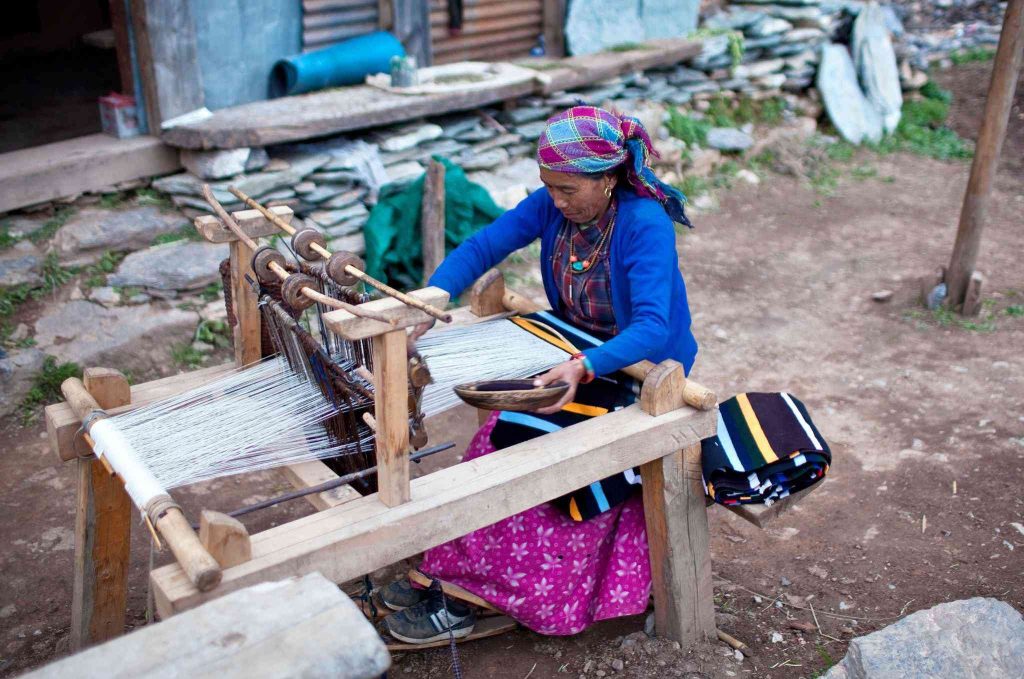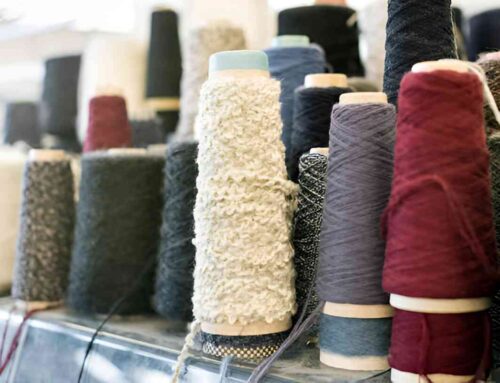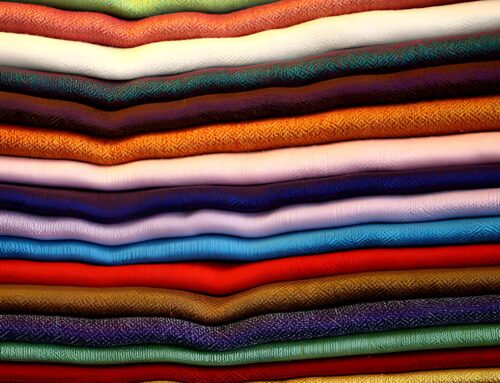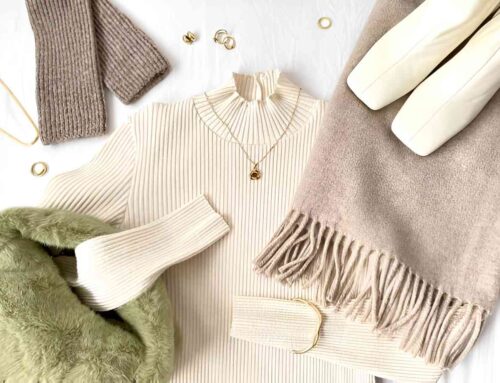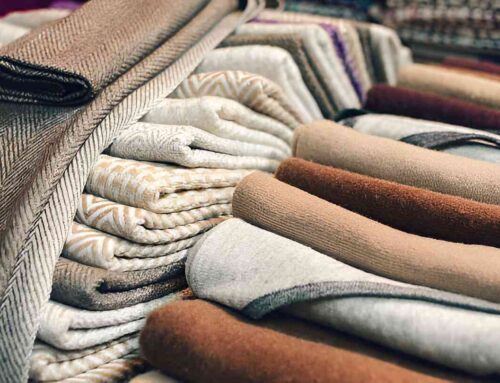Unraveling the Mystique of Pashmina Fabric: A Comprehensive Guide
Origin, Characteristics, Pashmina, Fabric: Unveiling the Secrets of Pashmina Fabric: This comprehensive guide reveals the origin, characteristics, and intricate craftsmanship of pashmina fabric, a sought-after choice among discerning individuals worldwide.
The Origins of Pashmina Fabric: Pashmina fabric finds its roots in the Himalayan regions of Nepal, India, and Tibet, where the Changthangi breed of goats, known for their fine undercoat, are reared. These goats endure extreme weather conditions, leading them to develop an incredibly soft, lightweight, and warm fleece to protect themselves from the harsh climate. The fleece, commonly referred to as pashm, is meticulously hand-combed during the spring molting season to extract the fine, downy fibers that form the basis of the prized pashmina fabric.
Characteristics That Define Pashmina Fabric: The hallmark of genuine pashmina fabric lies in its exceptional softness, warmth, and breathability. Its fine fibers, often measuring less than 16 microns in diameter, create a feather-light texture that effortlessly drapes around the body, providing unparalleled comfort and insulation. Pashmina fabric’s natural insulating properties make it an ideal choice for all seasons, keeping wearers snug during the chill of winter and yet remaining breathable enough to be comfortably worn during milder weather.
Craftsmanship and Traditional Techniques: Crafting authentic pashmina fabric is a labor-intensive process that involves the skilled hands of artisans who have mastered the art of weaving and hand-spinning. These artisans meticulously hand-weave the fabric using traditional wooden looms, paying careful attention to every intricate detail to ensure the highest quality. Furthermore, the dyeing process is often done using natural, plant-based dyes, allowing for a rich spectrum of colors while maintaining the fabric’s natural integrity and softness.
Distinguishing Between Authentic and Synthetic Pashmina: In recent times, the market has seen an influx of synthetic alternatives claiming to mimic the characteristics of genuine pashmina fabric. However, discerning the authenticity of pashmina is crucial to ensure you are investing in a quality product. Genuine pashmina, derived from the downy undercoat of the Changthangi goats, retains its distinctive softness, warmth, and breathability. On the other hand, synthetic versions, often made from viscose or acrylic, may lack the natural properties and fine texture that define true pashmina fabric.
Caring for Your Pashmina Fabric: To preserve the beauty and longevity of your cherished pashmina fabric, proper care is essential. Hand-washing in lukewarm water with mild detergent is recommended to maintain its delicate fibers. Avoiding harsh chemicals, excessive wringing, and direct sunlight exposure is crucial to prevent damage and preserve the fabric’s softness and sheen. Additionally, storing pashmina fabric in a breathable, dry environment will safeguard it from moisture and pests, ensuring it remains a timeless wardrobe essential for years to come.
Conclusion: Pashmina fabric’s legacy as a symbol of luxury and sophistication continues to captivate fashion enthusiasts worldwide. Understanding its origins, characteristics, and the craftsmanship behind its creation not only deepens one’s appreciation for this exquisite textile but also aids in making informed purchasing decisions. As you embark on your journey with pashmina fabric, remember to cherish its delicate beauty and embrace the rich cultural heritage woven into every thread, making it a true treasure to behold.
